While we can easily grab a bag of cashews at our local grocery store and grab a pineapple off the produce shelf, we can’t exactly run into the fields to see how these foods are grown.
Thanks to our current food system, we can get crops from almost anywhere in the world. The downside of this is that it disconnects us from the process of how these foods emerge from the earth, and where these foods actually come from.
An episode of Jamie Oliver’s Food Revolution demonstrates just how disconnected future generations are from their food:
As he holds up a couple of tomatoes, children are perplexed and one child answers with “potatoes.”
A Stressed Out Society
People have become so stressed out, over-worked and lacking motivation that their go-to meal choices end up being something that is heavily processed and 100% lacking its original format.
The average person has little to no clue how their food grows or what it looks like. Society has been built around the craving of convenience rather than fresh and home-prepared. And depending on where you live, only a minority of people actually buy their produce and meat locally.
So to give the foods that travel hundreds of thousands of miles to reach your home a little appreciation, I’ve compiled a list of some popular foods that look nothing like the finished product.
12 Photos of How Some Foods Look Before They’re Harvested
1. Peanuts

Peanuts are actually legumes, not nuts, which puts them in the same grouping as kidney and lima beans. A little freaky, huh?
2. Vanilla
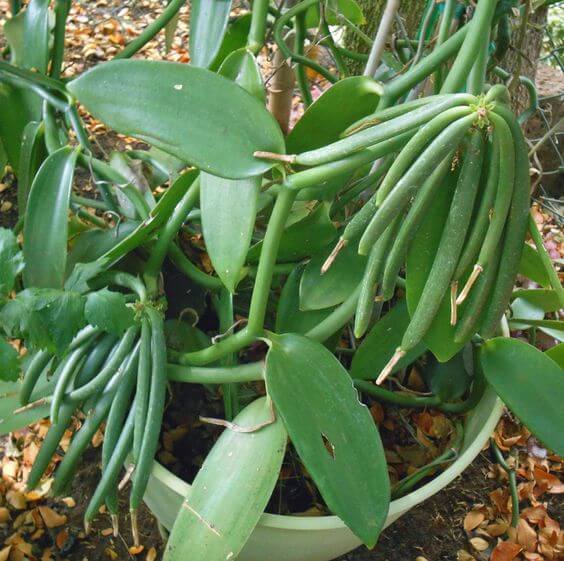
While most of us know vanilla as an extract, it actually starts its life out as looking like a stringy green bean. Once vanilla is harvested and dried, it becomes the brown colour we’re most familiar with.
3. Cacao or Cocoa Beans
Chocolate comes from the seeds of the fruit of the Theobroma cacao tree. The white pulp encasing each seed is a delicious sweet fruit, while the pods inside is the cacao itself. They can be consumed raw, but they are most often roasted and fermented first before being turned into chocolate.
4. Pineapples

Most people think pineapples grow on trees, but they are actually herbaceous perennials with soft, palm-like leaves and no woody stem. The fruit grows out of the centre of the plant, but only once it is old enough to flower – a process that can take over 2-3 years. That’s right! The pineapples you consume take 2-3 years to become a full fruit!
5. Cashews
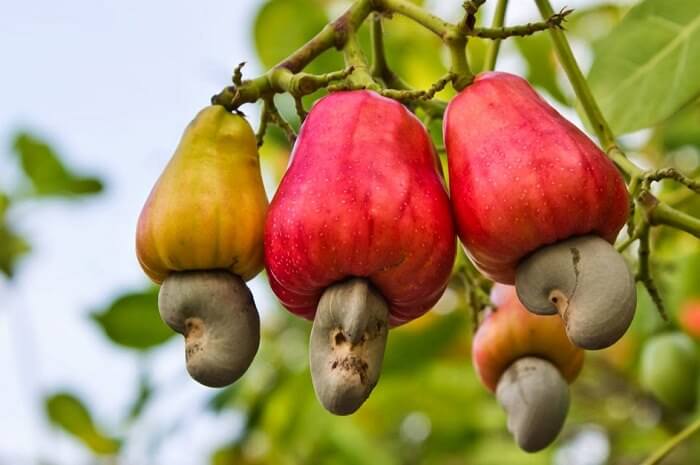
This delicious nut grows on trees, and actually grows outside of the fruit itself. The fruit is called a cashew apple, and in many countries where the cashews are grown, the delicate “apple” is consumed like a regular fruit.
6. Asparagus

This perennial comes back year after year, and grows out of the ground one stalk at a time! If you let it grow to full size, the asparagus will flower in a delicate little frond-like tree (almost like a super tall fern). Eventually the plant will produce tiny red berries, which will turn into new asparagus the following year (the berries are toxic!).
7. Sesame Seeds

These seeds grow in pods, and when you open a pod, you’ll find sesame seeds all lined up in tiny little rows! How cute.
8. Artichoke
This delicious flower (yes, flower) is in the same family as thistles. So, essentially, we are eating the flower before it has bloomed. When they do bloom, however, they are stunning. See below!
9. Chickpeas

While chickpeas are related to green peas, they don’t grow in pods with multiple seeds. Instead, they grow in pods singularly, with only one chickpea inside each pod.
10. Capers
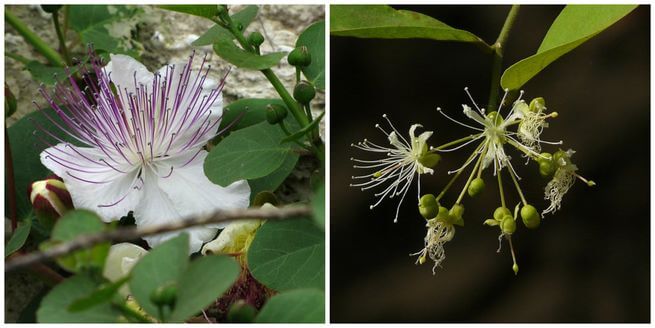
Similar to artichokes, capers are actually edible flower buds (usually eaten pickled), picked well before they bloom. Flowers are delicious, after all.
11. Almonds

Image credit: Steve Wilson/Flickr
Almonds grow in bunches on trees. They look fuzzy to begin, and then as they ripen, they get darker and dryer before they open up completely.
12. Cinnamon

Those tiny cinnamon sticks you get in a bag are a far cry from the real deal. It is harvested from the inner bark of several tree species from the genus Cinnamomum. Imagine what a cinnamon tree forest smells like?
While there are plenty of more foods we would never recognize in their original form, I hope this will spark a new appreciation for the food you eat. Which on surprises you the most? Leave a comment below!

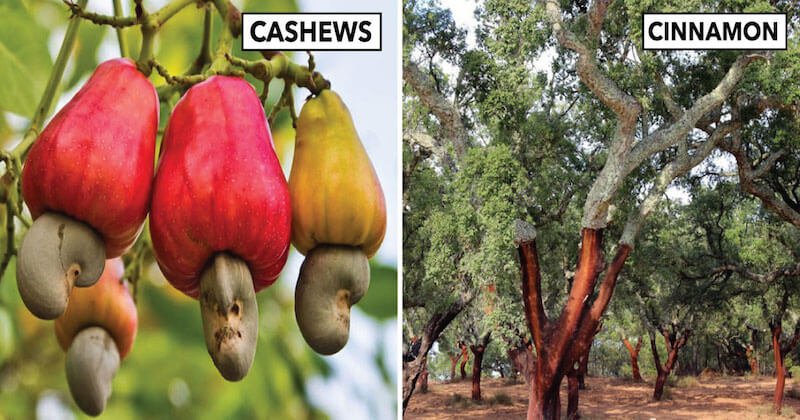
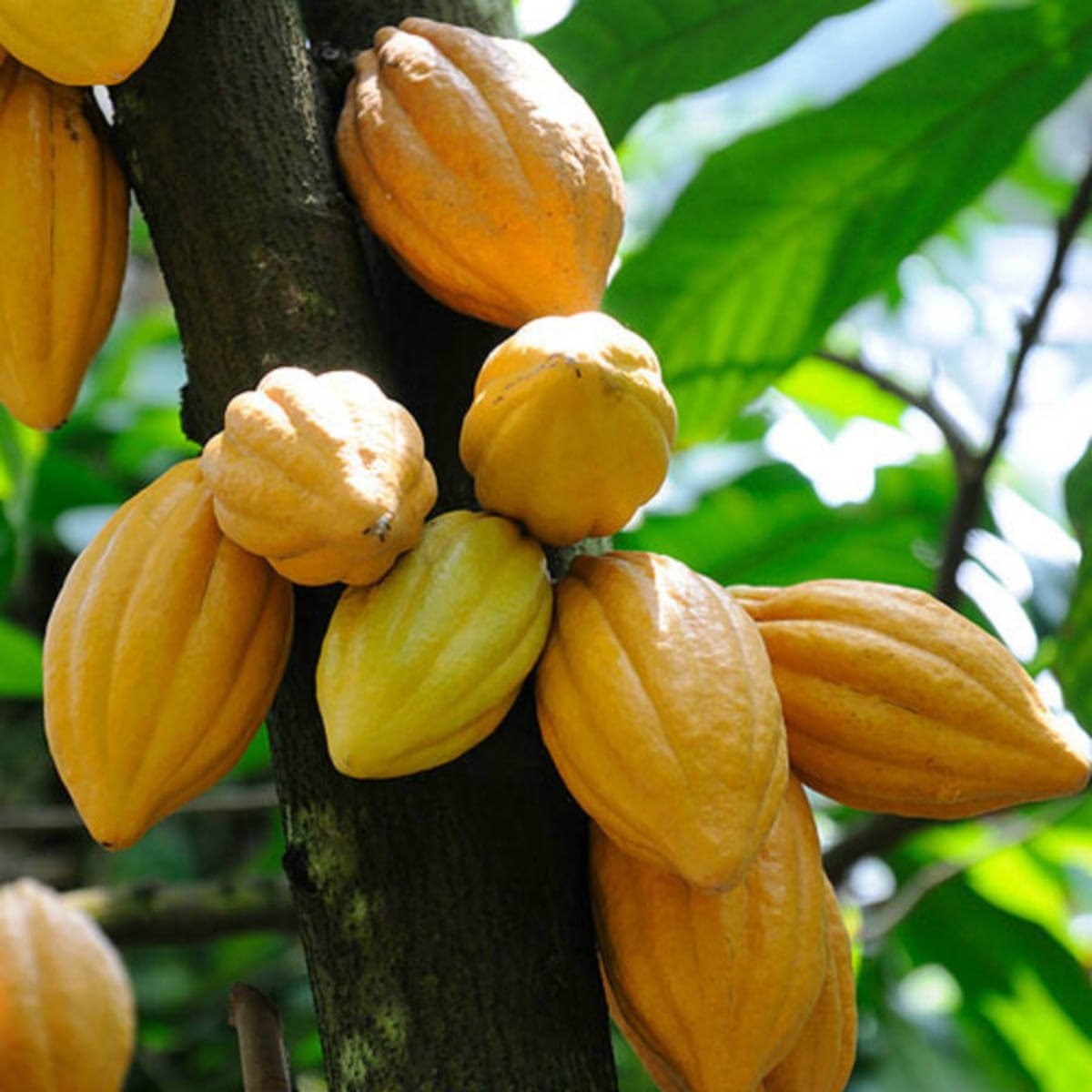
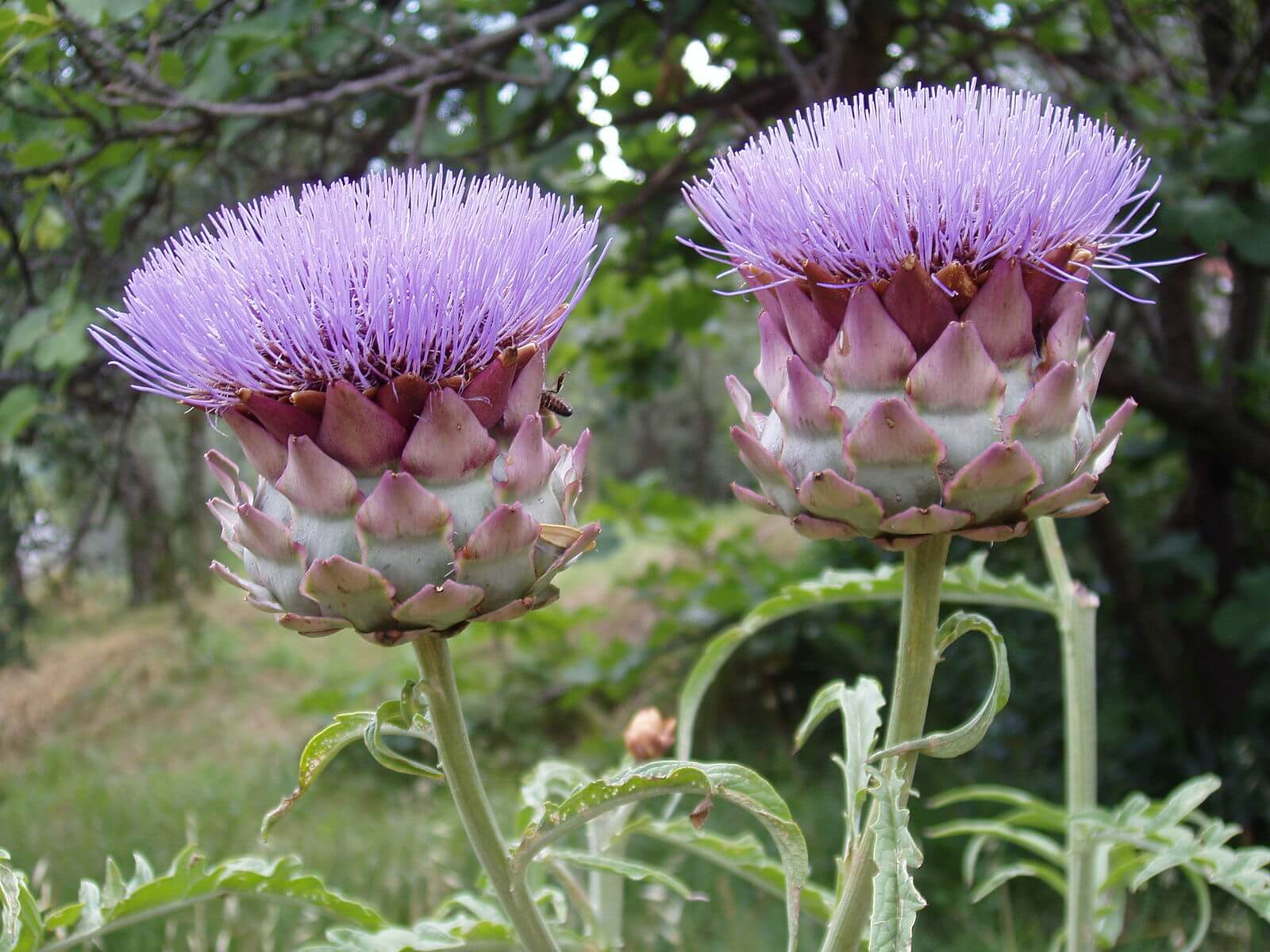
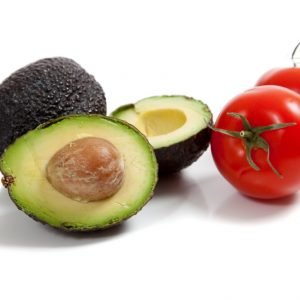




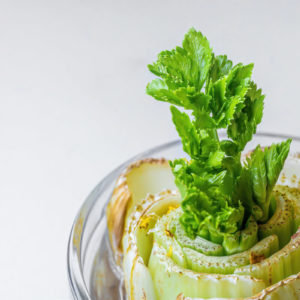
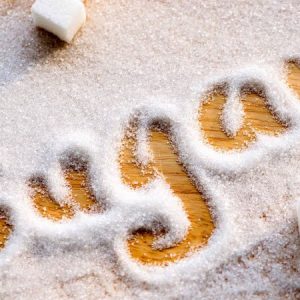
I have been following Carly and her "Live Love Fruit" postings through her emailed newsletters, Twitter and Facebook for quite some time now. I am very much in awe of and have total respect for this woman. With little fanfare and lacking the recognition she truly deserves, Carly is right up there with my list of people who continue to provide well researched, well written and caring food articles that can change our lives for the better. On this entire planet I have 5 "go to" sources for better health through food, and she is one of the 5. Unbeknownst to any of the 5, their newsletters, advice and in some cases supplements and herbal supplies have changed my life from being usually sick to rarely ever being sick at all, and in fact am regularly told I look much younger than my chronological age. I have lots of energy to run my business, still jump fences and climb in and out of cars pretty much like a teenager, and I credit this to Carly and others like her who have devoted themselves to helping men like me live better lives.
Please share her articles where you can on Facebook etc. so she can continue to do what she does. And Carly if you read this, I hope one day I can write an article on my company blog site about you one day soon. I am doing this with anyone who I find amazing in my life and work travels and I feel needs their story told. And you are a Canadian in Winnipeg – how awesome is that? 🙂
Thanks for the testimonial Richard, I appreciate it 🙂
Yes, you're right Carly as nowadays people know to buy almonds, cashews from a supermarket but don't know the real growing process, how we harvest them!! such as a cashew looks totally different before and after harvesting.
Totally! We are so disconnected, but it's good to know how these foods grow 🙂
I never thought how little the children know these days. I always knew, but grew up on a farm and between two huge family farms. I guess someone had better start teaching these things in school.
Yeah totally! Learning how food grows is a super important thing to know!